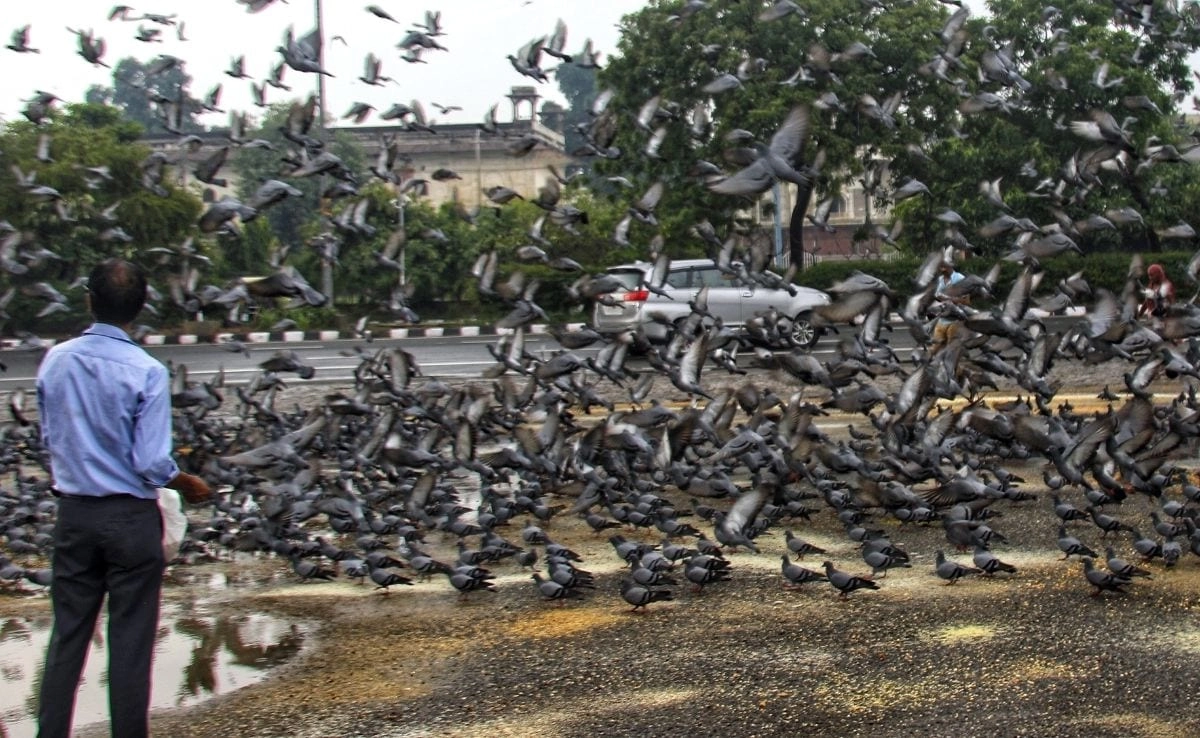In a shocking incident that has drawn widespread condemnation, a video surfaced showing a man harassing a wild elephant in West Bengal by pulling its tail. The footage, which quickly went viral on social media, captures the distressing moment when the man, seemingly oblivious to the potential dangers of his actions, approaches the majestic animal and yanks on its tail. This brazen act not only showcases a blatant disregard for wildlife but also highlights the growing issue of human-animal conflict in regions where wild elephants roam.
The video has ignited outrage among animal rights activists, conservationists, and the general public alike. Many have expressed their shock and anger over the man’s behavior, emphasizing the need for greater awareness and education regarding the respect and protection of wildlife. Elephants, as sentient beings, deserve to be treated with dignity and care, and incidents like these can have serious repercussions, not just for the animals involved but also for the communities that coexist with them.
In response to the outrage, wildlife officials and local authorities have been urged to take action against such acts of cruelty and to implement stricter regulations to protect these magnificent creatures. It is crucial that communities understand the importance of coexisting peacefully with wildlife and recognize that harassment can lead to unpredictable and dangerous situations. The need for conservation efforts and public education is more pressing than ever, as incidents like this one expose the vulnerabilities faced by wild elephants and highlight the delicate balance between human activities and wildlife preservation.
Ultimately, this incident serves as a stark reminder of the responsibilities that come with living in proximity to nature. It calls for a collective effort to foster a culture of respect for all living beings and to ensure that future generations can experience the wonder of wildlife without the threat of human interference. Only through awareness, education, and compassion can we hope to protect these incredible animals and their habitats for years to come.




